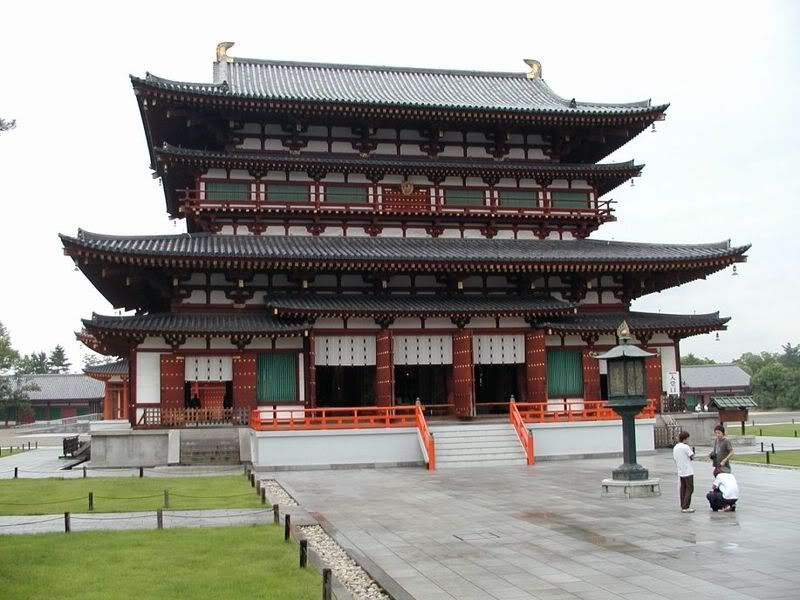I know you never cite Japan but I just want you to know that many historical site is not original
China did recreated many historical structure on the same site as the original One famous one is Leifeng tower in Hang zhou
Leifeng Pagoda (
: 雷峰塔;
:
Léifēng Tǎ) is a five-storey tower with eight sides, located on Sunset Hill south of the
in
, China. Originally constructed in the year AD 975, it collapsed in 1924 but was rebuilt in 2002. Since then it has been a popular tourist attraction.


Original pagoda in 1910 before the collapse in 1924
The original
was built in 975 AD, during
period, at the order of King
(born Qian Hongchu) of
. It was built to celebrate the birth of
's son, born to
. The Leifeng Pagoda was an octagonal, five-story structure built of brick and wood and with a base built out of bricks.
During the
,
attacked Hangzhou. Suspecting the pagoda contained weapons, they burned its wooden elements, leaving only the brick skeleton, as can be seen from Ming paintings of the West Lake.
Leifeng Pagoda was one of the ten sights of the West Lake because of the
.
Later, due to a superstition that the bricks from the tower could repel illness or prevent miscarriage, many people stole bricks from the tower to grind into powder. On the afternoon of September 25, 1924, the pagoda finally collapsed due to disrepair.
As for whether there was a
below, this was debated for years until finally radar was used to investigate. On March 11, 2001 the mausoleum was excavated and many artifacts were found, most notably a gold and silver coated hair of the Buddha.
Reconstruction[]
In October 1999, the provincial and municipal governments decided to rebuild Leifeng Pagoda on top of the ruins of the old one. The new pagoda opened on 25 October 2002. It is composed of a 1400 tonne steel structure with 200 tonnes of copper parts. It contains four sightseeing elevators, and modern amenities such as air conditioners, televisions and speakers. At the entrance of the pagoda there are two autonomous escalators to carry visitors to the base of the pagoda.
The original base of the pagoda is kept in good condition as well as the artifacts discovered in an underground chamber.




